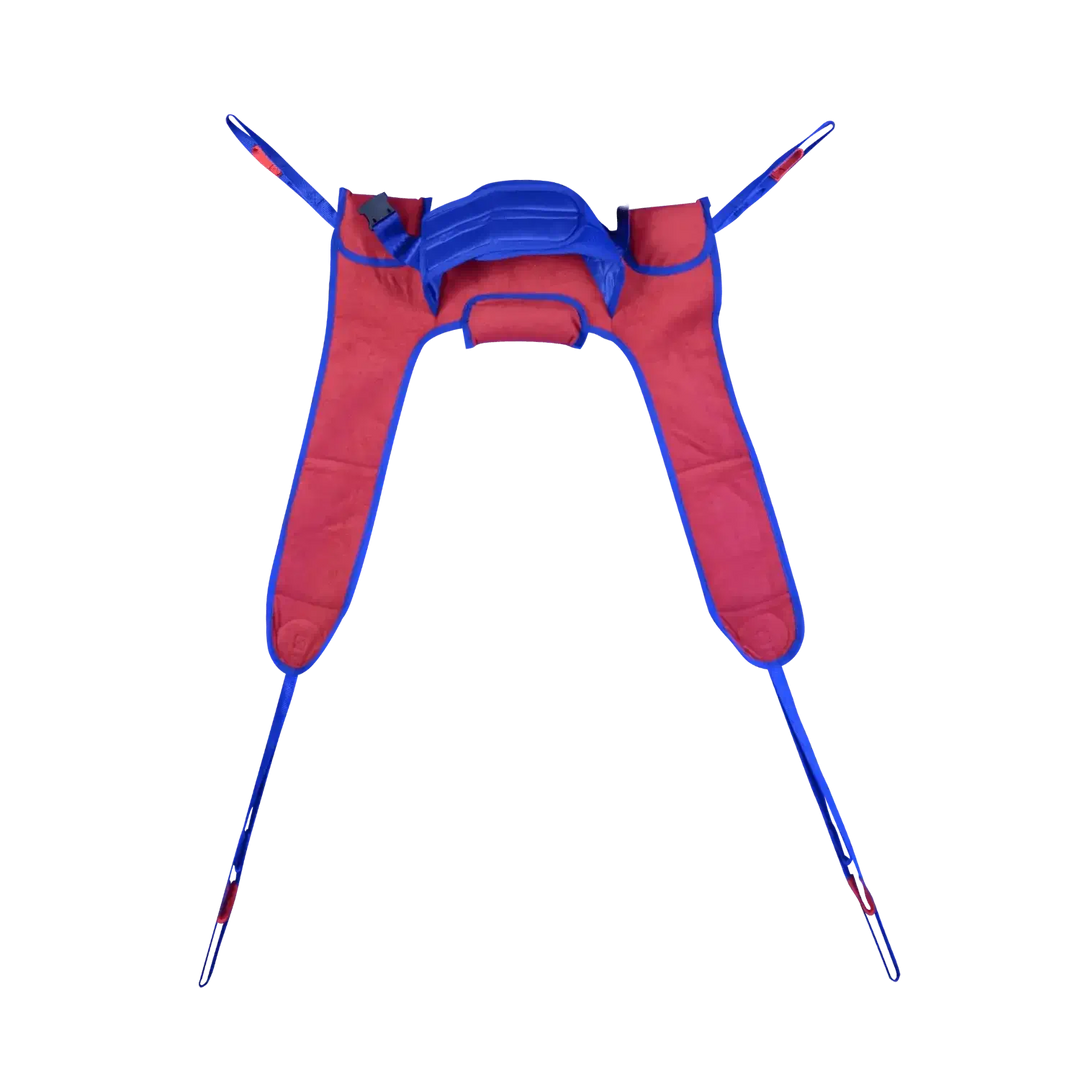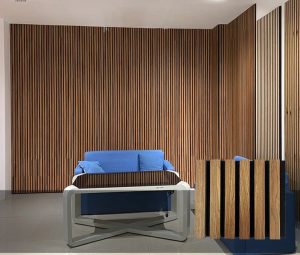The ponytail lift has become a sought-after cosmetic procedure for those looking to achieve a youthful, refreshed appearance without the extensive downtime of traditional facelifts. With social media and celebrity endorsements fueling its popularity, many are curious about the real results of a ponytail lift before and after. So what exactly can you expect from this trending aesthetic treatment?
What Is a Ponytail Lift?
A ponytail lift is a minimally invasive surgical or non-surgical procedure designed to subtly lift and contour the face. It mimics the effect of pulling your hair into a high ponytail — which naturally tightens and elevates the eyes, brows, and cheeks. This lift results in a more sculpted, awake, and youthful appearance, often without visible scars or the “pulled” look sometimes associated with traditional facelifts.
Depending on the technique and provider, a ponytail lift may involve small incisions placed discreetly along the hairline, or be done using threads or energy-based devices like Ultherapy or radiofrequency. Some versions are surgical, while others are non-invasive and use temporary methods to lift tissue.
Ponytail Lift Before and After: What Changes to Expect
When reviewing ponytail lift before and after photos, a few consistent changes tend to stand out:
Elevated Brows: Patients typically show a noticeable lift in the outer brows, which opens up the eye area and reduces a tired or sagging appearance.
Tightened Midface: The cheeks often appear more lifted and youthful, with improved contouring.
Defined Jawline: Mild sagging in the jawline or jowls is often reduced, giving a more sculpted and refined look.
Smoother Skin: The skin may appear firmer and smoother, thanks to the tightening effect and, in some cases, collagen stimulation from the procedure.
These transformations are usually subtle but significant, providing a refreshed look rather than a dramatic overhaul. Most patients look like themselves — just more rested and vibrant.
Benefits of a Ponytail Lift
Minimal Downtime: Recovery is generally quicker than with a traditional facelift.
No Visible Scarring: Incisions, if needed, are hidden in the hairline.
Customizable: Can be tailored to address specific areas or concerns.
Natural-Looking Results: Ideal for those who want a refreshed look without obvious signs of surgery.
Is It Right for You?
Ideal candidates are usually in their 30s to 50s, with mild to moderate signs of aging, such as drooping brows, early jowls, or volume loss in the midface. It’s also a great option for individuals who aren’t ready for a full facelift but want to maintain a youthful appearance.
Final Thoughts
The ponytail lift Houston offers a modern, less invasive solution to facial aging. When comparing ponytail lift before and after results, it’s clear that this procedure can deliver subtle yet effective improvements that enhance your natural features. As with any cosmetic treatment, it’s important to consult a qualified provider to determine if this approach is right for your unique facial anatomy and aesthetic goals.
–
Dr. Steven J. Cyr is the world’s first dual fellowship-trained and double board-certified orthopedic and cosmetic surgeon, bringing a unique blend of musculoskeletal expertise and aesthetic precision to his practice. With nearly two decades dedicated to spine surgery, Dr. Cyr developed the proprietary OrthoSculpt technique, which combines his deep understanding of anatomy with advanced liposculpture methods to achieve natural, gym-toned results. His commitment to excellence and patient-centered care has positioned him as a leading figure in the field of cosmetic surgery. Visit https://cyrmdcosmeticsurgery.com/ for more details.
.jpg)

